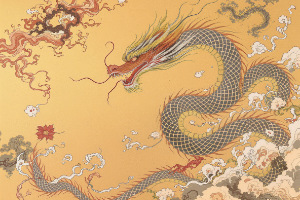Like the solitary star, the lonesome star (寡宿 or gua su) is one associated with loneliness.
This why they are always read in tandem with each other.
Not because that having one of them increases the chances of having the other. But because having both can greatly multiply the negative effects it has on one’s life aspects.
The main difference between the two is that the solitary star can bring misfortune specifically to parents, while the lonesome star can bring misfortune to the spouse.
Identifying the lonesome star
To find this special star, reference has to be taken from the day or year branch.
| Day or Year Branch | Lonesome Star |
| E1 | E11 |
| E2 | E11 |
| E3 | E2 |
| E4 | E2 |
| E5 | E2 |
| E6 | E5 |
| E7 | E5 |
| E8 | E5 |
| E9 | E8 |
| E10 | E8 |
| E11 | E8 |
| E12 | E11 |
Legend of the symbols can be found here.
As can be observed, there are only 4 earth branches that can be lonesome stars. This means that the above table can also be partially simplified as below.
| Zodiac | Solitary Star |
| Pig, Rat, Ox | Dog (E11) |
| Tiger, Rabbit, Dragon | Ox (E2) |
| Snake, Horse, Goat | Dragon (E5) |
| Monkey, Rooster, Dog | Goat (E8) |
For example, if you are born in the year of the Rabbit, then you would have the solitary star if Ox is in your bazi.
To prevent this star from causing danger and misfortune to the spouse, feng shui can be used to minimize it’s impact on life aspects.















